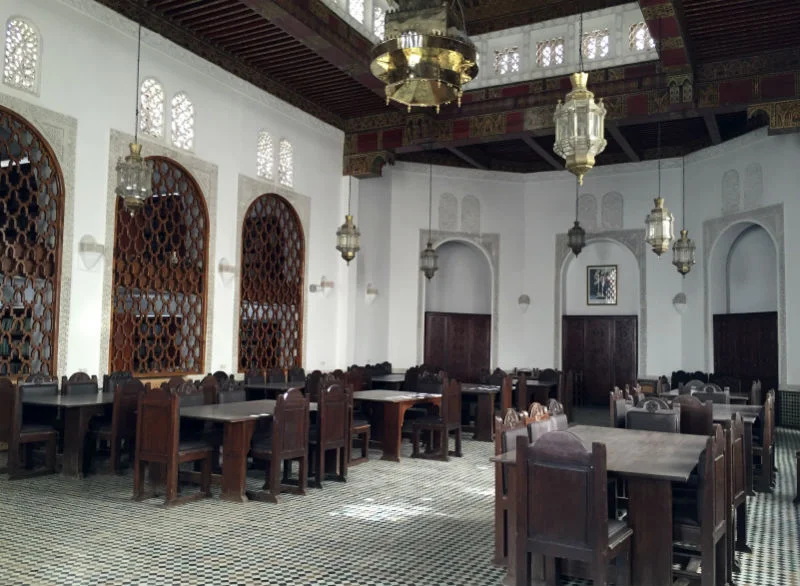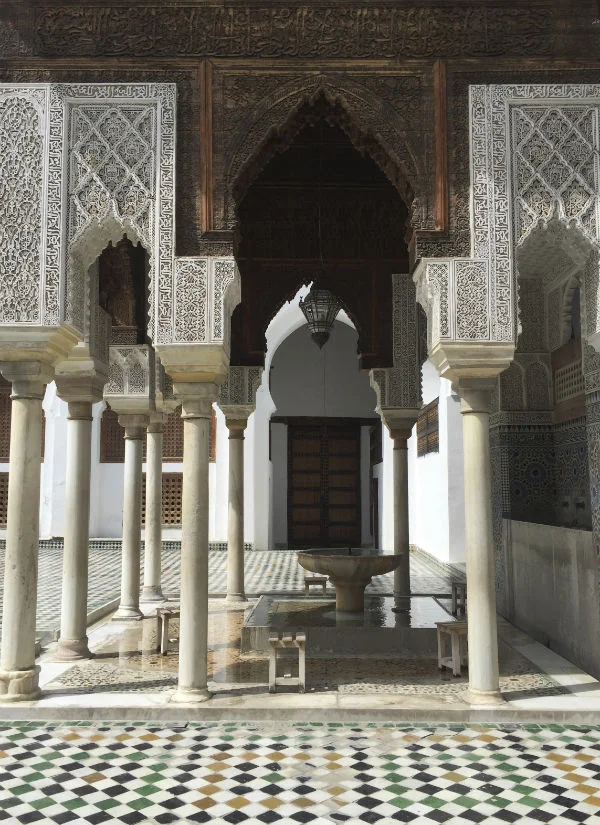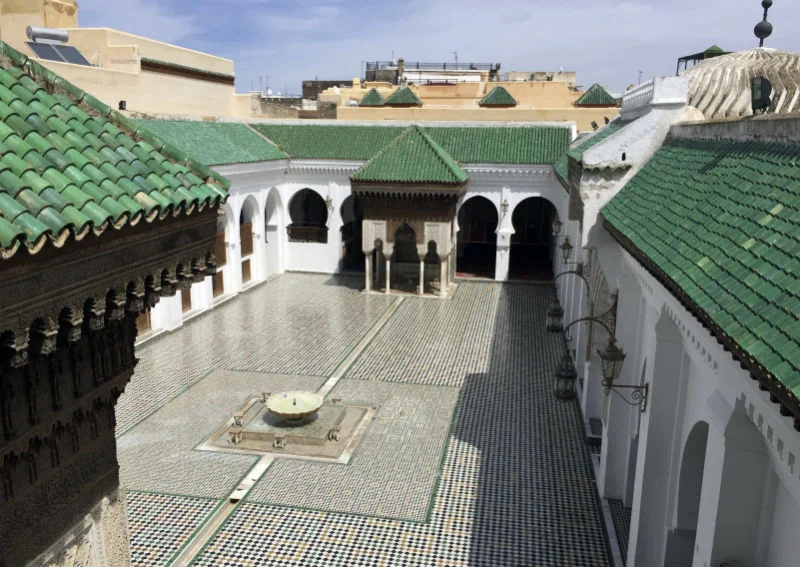
The world’s oldest library is now open to the public — with huge thanks to two intelligent, education-loving women in particular.
Fatima Al-Fihri and Aziza Chaouni were separated by more than 1,000 years but still managed to build, and preserve the world’s oldest library. And after 1,157 years of being closed to the public, it’s finally open for all to see. Here is the story of how the library came to be.
Fatima Al-Fihri made her mark long ago, when she founded the University of Al Qarawiyyin in 859 C.E. The university has been one of the leading institutions in Fes, Morocco, since then. It is also one of the oldest consistently operating universities in the world. For literally centuries the library was only open to scholars and university attendants. Thanks to Aziza Chaouni, a Moroccan-Canadian architect, the oldest library in the world (a wing of the university) went from a dilapidated structure to a newly renovated space for all.
Read More: This 9-year-old girl inspires others after opening "street library" in India
Al-Fihri was the daughter of a wealthy businessman. She was born during the “Golden Age of Islam,” a five-century period where economic and cultural works flourished under Islamic leadership. Al-Fihri used her inheritance to establish a center of religious and secular teaching that eventually became a full-fledged university.
Al-Fihri was a true global citizen with a passion for accessible education and a love of travel and learning. She oversaw construction of the mosque and, once the building was completed, she brought together renowned scholars of the time, attending the lectures herself, according to this historical documentary from France Channel 5.
Al-Fihri is an example of a woman challenging stereotypes and common misconceptions that women were not influential in creating keystone heritage sites and centers for learning in Muslim civilization. Al-Fihri’s work laid a foundation for modern Muslim women to showcase their creative work as well.

In 2012, architect Aziza Chaouni, began renovation on a wing of the university’s library. Renovations took more than three years to complete — a grain of sand in the hourglass when compared to the 1,200 years since the library first opened.
Read More: This bicycle library is raising literacy rates in Afghanistan
Chaouni’s design brings together the importance of preserving ancient culture while respecting parts of the library. For example, a major challenge in re-building the library wing was preserving the original UNESCO World Heritage-recognized fountains within the structure while managing to artfully reconstruct the world’s oldest library to be accessible and useable for the public.

“There has to be a fine balance between keeping the original spaces, addressing the needs of current users, including students, researchers and visitors, and integrating new sustainable technologies — solar panels, water collection for garden irrigation, and so on,” Chaouni told TED.com.

To hear her speak about the full renovation, watch her TED Talk here.
As of May 2016, visitors can peruse over 4,000 rare ancient books including a version of the Quran from the 9th century.
The library even hold books which date back to seriously ancient times, more than 12 centuries ago.
Thanks to these women and their dedication to preserve knowledge, history and education for the world you can now check out books truly from “a long, long, time ago.”